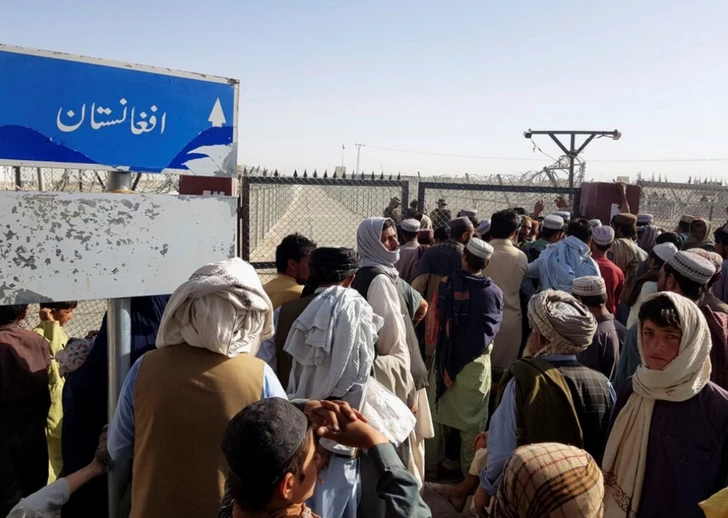July 16, TEHRAN — In the wake of the 12-day conflict between Iran and Israel, the Iranian government has intensified the forced deportation of Afghan refugees, triggering a wave of domestic and international criticism. Rights groups and observers report an unprecedented scale of removals, marked by alleged abuses and worsening humanitarian conditions along the Afghan border.
According to a new report by the YouTube channel Free Iran, the Iranian authorities began escalating deportations in early July, despite a longstanding debate around the presence of Afghan migrants in the country. While deportations were already underway since late 2024, the recent acceleration has brought the issue to the forefront of Iran’s political agenda.
Conditions Called “Inhumane”
Multiple reports suggest Afghan refugees, including women, children, and the elderly, are being subjected to inhumane treatment in detention and deportation camps. These camps, set up along Iran’s eastern border during the height of summer heat, reportedly lack basic necessities such as clean water, food, and shelter.
Eyewitness accounts and Afghan journalists describe instances of death from hunger and thirst, along with police violence and abuse during the detention and deportation process. One particularly disturbing report details the death of a 27-year-old Afghan national allegedly shot by Iranian border guards, while another man sustained gunshot wounds.
Growing Outcry and Geopolitical Context
The timing of the crackdown — immediately following military escalation with Israel — has led some analysts to interpret the deportations as a political diversion or an attempt by Tehran to consolidate internal support through nationalist rhetoric. Iran hosts an estimated 3 to 4 million Afghan nationals, many of whom fled the Taliban’s return to power in 2021.
International humanitarian organizations have yet to gain full access to the deportation sites. Meanwhile, social media activism and diaspora-led advocacy are intensifying pressure on the Iranian government to halt the mass expulsions.
Critics argue that the current policy contradicts Iran’s previous claims of solidarity with “oppressed Muslims,” especially given the deteriorating situation inside Afghanistan under Taliban rule.
What Happens Next?
Iran’s ongoing economic hardships, coupled with internal unrest and international sanctions, have fueled xenophobic narratives that depict Afghan refugees as a burden. But humanitarian experts warn that such rhetoric obscures the state’s responsibility under international refugee law and could further destabilize the border regions.
Calls are growing for the United Nations High Commissioner for Refugees (UNHCR) and other international bodies to investigate the treatment of Afghan nationals in Iran and to mediate a framework for humane repatriation or asylum alternatives.
As the situation evolves, Tehran’s actions risk damaging its international reputation, particularly in a region already reeling from conflict and displacement.




